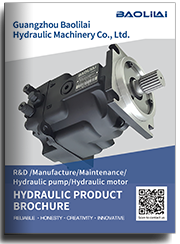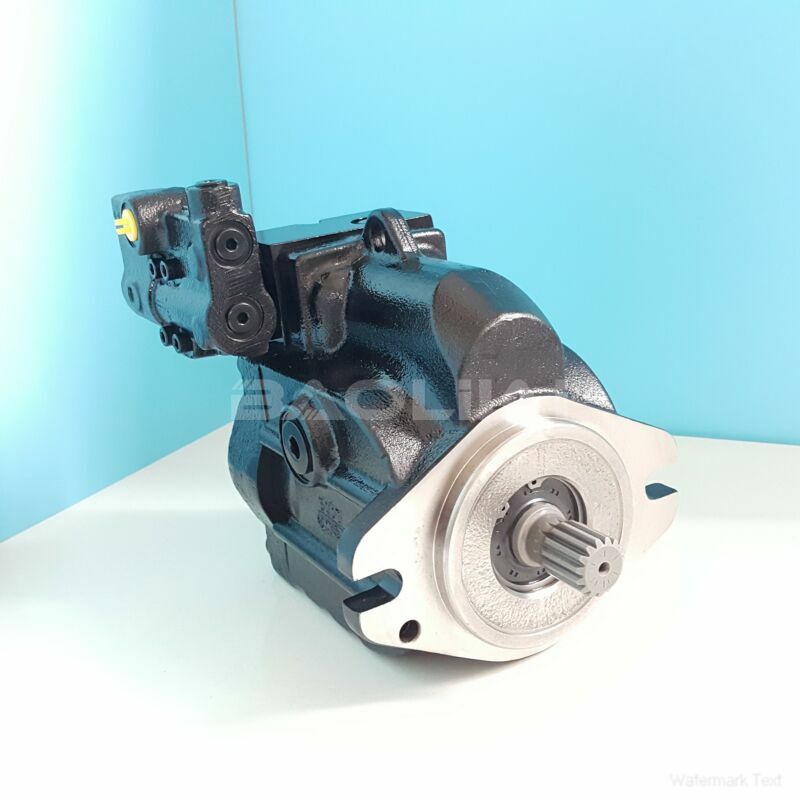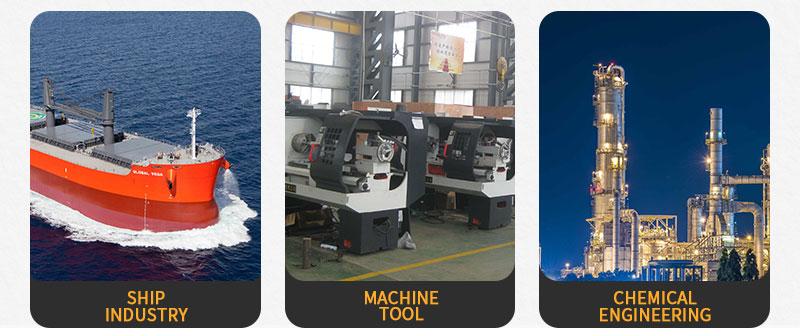KRR045DLS2120NNN3K2NFA6NPLBNNNNNN sauer danfoss pump
KRR045DLS2120NNN3K2NFA6NPLBNNNNNN sauer danfoss pump

- Product Details
- Applicable Scene
In the realm of high-security access control systems, the integration of robust mechanical components is crucial to ensure reliability and effectiveness. One such essential component is hydraulic oil pumps, which play a significant role in locking mechanisms that are increasingly being employed in secure facilities, such as banks, data centers, and government installations. This article explores the design considerations for hydraulic oil pumps used in these sophisticated access control systems.
KR-R-045D-LS-21-20-NN-N-3-K2NF-A6N-PLB-NNN-NNN
KRR045DLS2120NNN3K2NFA6NPLBNNNNNN
Hydraulic oil pumps translate mechanical energy into fluid power, offering smooth and controlled actuation of locking mechanisms. The selection and design of these pumps need to accommodate the specific security requirements of the application while ensuring efficient operation. Here are some key aspects to consider:

7004119
Security Features: The primary purpose of any high-security access control system is to protect assets and sensitive information. The hydraulic pump design must include tamper-proof features, such as secure housing and concealed connections, to prevent unauthorized access or sabotage. Additionally, the system can be embedded with advanced monitoring technology to detect anomalies in operation that may indicate tampering.
Reliability and Redundancy: In high-security environments, failure of an access control system can have dire consequences. Therefore, hydraulic oil pumps should be designed for high reliability, utilizing durable materials that can withstand extreme conditions. Moreover, incorporating redundancy in the hydraulic circuit can ensure that backup pumps are available in case the primary system fails, maintaining continuous locking capability.
Performance Efficiency: The hydraulic oil pump must operate with high efficiency to minimize noise and energy consumption. This can be achieved through modern design techniques such as optimizing the pump’s geometry and selecting the appropriate hydraulic fluids. High-performance pumps will not only ensure swift locking and unlocking operations but also prolong the lifecycle of the components involved, reducing maintenance efforts.
Integration with Electronics: Modern access control systems often incorporate electronic components for user identification, authentication, and monitoring. The hydraulic oil pump must seamlessly integrate with these systems, allowing for precise control of locking mechanisms. This can involve the collaboration of hydraulic engineers and electronic designers to develop compatible control interfaces, such as programmable logic controllers (PLCs), that manage the pump’s operation remotely.





